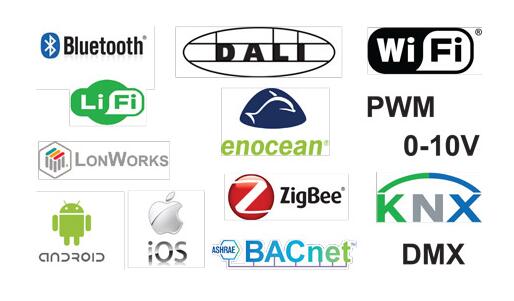
Intelligent lighting control protocol is so complex, how should OEM vendors choose?
Intelligent lighting control protocol is so complex, how should OEM vendors choose?
2017-10-18 10:09:36 [editor: Andygui]
In sharing
PATRICK DURAND shows that lighting control based on open standard can solve the concerns of lighting OEM vendors on the complexity and scalability of the system, the interoperability of lamps and control components, and the flexibility of indoor commercial lighting applications.
When lighting OEM manufacturers bid for projects, they will often be asked to include a set of compatible lighting control systems in the proposal (usually from the third party lighting control providers). The control system requirements are specifically designated for lighting OEM manufacturers. So far, many lighting OEM vendors have responded passively to these requirements and have not developed a formal, active strategy for lighting control.
Should we wait for a set of global lighting control standards?
The main reason for the failure to actively implement lighting control strategies is confusion and confusion about which technology to adopt, and is puzzled by which supplier to invest in, especially for indoor commercial and office environment lighting control system. Most lighting OEM vendors have no time, resources, or professional knowledge to assess the advantages of all lighting control technologies.
For residential lighting control (smart bulbs), the mainstream protocol is very clear, ZigBee Light Link is the winner in this area, many lighting OEM vendors support the agreement. However, for indoor business and office lighting control, the choice of technology is still changing (Figure 1) and the number is growing. Many lighting OEM vendors are choosing to wait for a leading or factual standard to avoid choosing inappropriate technology at an early stage.

Related Industry Knowledge